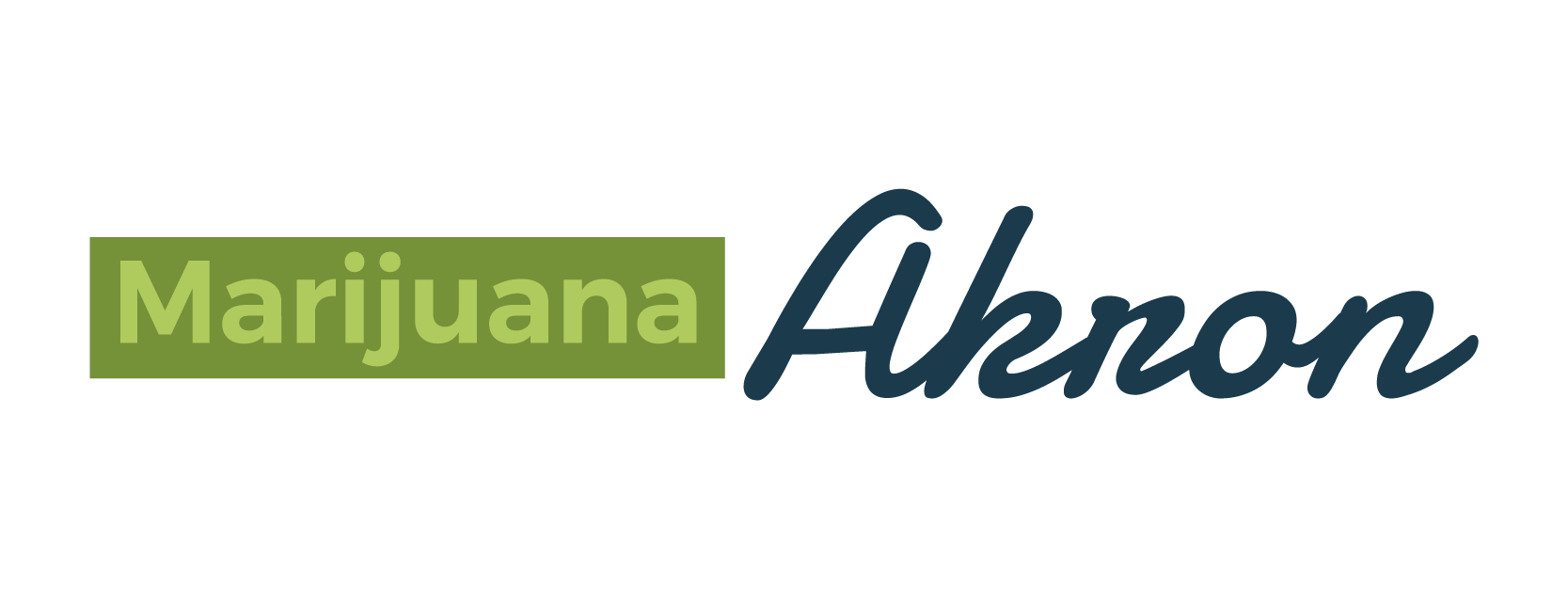Walking into a dispensary for the first time can feel a little like stepping into a new culture, complete with its own language. For shoppers, knowing these terms not only helps reduce confusion but also builds confidence when choosing products that best fit personal needs and preferences.
People and the Plant
The first word you’ll hear is budtender, the retail associate trained to guide customers through products, dosing, and effects. When they talk about flower, they simply mean the dried cannabis buds. Products are sold in weights such as a gram (1 g) or an eighth (3.5 g). Strain types like indica, sativa, and hybrid remain common on packaging, though many experts encourage focusing more on cannabinoids and terpenes—aromatic compounds that strongly influence effects. Together, cannabinoids and terpenes contribute to what is often called the entourage effect, the idea that plant compounds work synergistically to shape the experience.
Cannabinoids and Potency
THC (tetrahydrocannabinol) is the compound most associated with intoxication, while CBD (cannabidiol) is non-intoxicating and may balance some THC side effects. Shoppers may also encounter minor cannabinoids such as CBG, CBN, or THCV, each with distinct research-backed properties. Potency is displayed as % THC for flower or in milligrams (mg) for edibles. Importantly, higher THC doesn’t necessarily mean better. The right combination of cannabinoids and terpenes often produces a more enjoyable and balanced effect.
Concentrates and Extracts
Concentrates have their own lingo. Live resin is extracted from fresh-frozen plants, preserving rich terpene content. Rosin is pressed with heat and pressure, while live rosin refers to solventless extractions from fresh-frozen flower. Distillate is a refined oil high in a specific cannabinoid, usually THC, and is commonly used in vape cartridges. For those interested in dabbing, terms like badder, sauce, or diamonds describe textures and consistencies of concentrated products.
Labels and Testing
Every reputable product should include a Certificate of Analysis (COA)—a lab report showing cannabinoid and terpene profiles along with results for safety screenings like pesticides, heavy metals, and solvents. Many brands add QR codes to packaging so shoppers can access COAs instantly. Regulated markets also require universal cannabis symbols, batch numbers, and warnings to ensure consistency and consumer safety.
Formats and Methods
Shoppers will also see common product formats. Pre-rolls are ready-to-use joints. Edibles list milligrams of THC per serving and require patience, since effects can take anywhere from 30 to 120 minutes to set in. Tinctures are drops taken under the tongue for quicker absorption, while topicals are creams applied to the skin, often non-intoxicating. Products described as full-spectrum preserve a wide range of plant compounds. Broad-spectrum items typically remove THC, while isolates contain only one cannabinoid, such as pure CBD.
Other Helpful Terms
Shoppers may also hear words like onset (how quickly effects begin), duration (how long they last), bioavailability (how much is absorbed), microdosing (small amounts to maintain subtle effects), and tolerance (how your response changes with regular use).
Learning this vocabulary makes dispensary visits easier, safer, and more enjoyable. By asking budtenders to explain label details and COAs, customers can match products more precisely to their health goals or recreational preferences.
